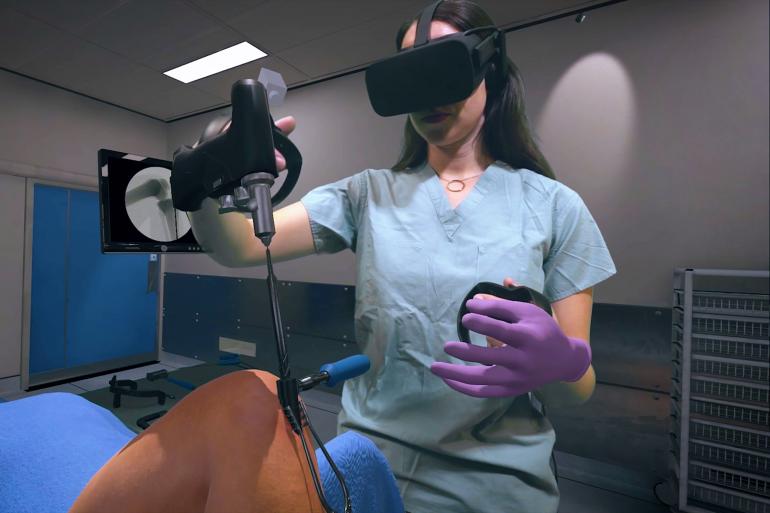Nursing education has evolved significantly in recent years, with innovative teaching methods transforming the way future nurses are trained. As healthcare becomes more complex and technology-driven, traditional approaches to nursing education may no longer suffice in preparing students for real-world challenges. Integrating simulation and virtual reality (VR) into nursing education has emerged as a powerful solution, providing students with hands-on, immersive learning experiences that enhance their clinical skills, critical thinking, and decision-making abilities. These technologies allow students to practice in a safe, controlled environment, bridging the gap between classroom theory and clinical practice.
Simulation-based learning has become a cornerstone of modern nursing education, allowing students to engage in realistic clinical scenarios using mannequins, task trainers, and standardized patients. High-fidelity simulation labs replicate hospital settings, enabling students to practice procedures such as wound care, CPR, and medication administration. These simulations are designed to mimic real-life situations, complete with vital signs, patient responses, and environmental factors. The benefit of this approach lies in its ability to expose students to a variety of medical conditions and emergencies without the risk of harming actual patients. By participating in simulated clinical experiences, nursing students can develop technical skills and gain confidence in their ability to provide safe and effective patient care.
Virtual reality takes simulation to the next level by immersing students in fully interactive, 3D environments where they can navigate complex clinical scenarios. VR technology allows nursing students to interact with virtual patients, perform assessments, and make clinical decisions in real-time. For instance, a VR simulation may present a patient experiencing respiratory distress, requiring the student to identify symptoms, administer appropriate interventions, and adjust treatment based on the patient’s response. The immersive nature of VR helps students to better understand spatial relationships and develop a deeper sense of empathy for patients. It also provides opportunities for repeated practice, enabling students to refine their skills through continuous exposure to different clinical cases.
The integration of simulation and VR in nursing education offers numerous advantages, including the ability to fulfill the requirements for an RN to MSN program by providing advanced clinical training. These technologies can be tailored to match the learning needs of students at different levels, from novice nurses to those pursuing advanced practice roles. For RN to MSN students, simulation and VR offer a practical way to gain the clinical competencies required for higher-level nursing positions, such as nurse practitioners or clinical nurse specialists. The flexibility of these tools also allows educators to create customized learning experiences that align with program objectives, ensuring that students acquire the skills necessary to excel in a variety of healthcare settings.
Moreover, simulation and VR support the development of soft skills that are essential for nursing practice, such as communication, teamwork, and ethical decision-making. Many simulations involve scenarios that require students to collaborate with other healthcare professionals, prioritize tasks, and handle difficult conversations with patients and families. This interdisciplinary approach helps prepare students for the collaborative nature of real-world healthcare environments.
Despite the many benefits, the adoption of simulation and VR in nursing education comes with challenges, including the need for substantial investment in equipment, software, and faculty training. However, the long-term benefits of producing well-prepared, competent nurses who are ready to face the demands of modern healthcare make these investments worthwhile.
In conclusion, integrating simulation and virtual reality into nursing education represents a significant step forward in preparing future nurses for the complexities of clinical practice. These innovative methods offer realistic, hands-on learning experiences that enhance both technical and soft skills, ultimately improving patient care outcomes. As nursing education continues to evolve, simulation and VR will play a crucial role in shaping the next generation of skilled and confident nursing professionals.









